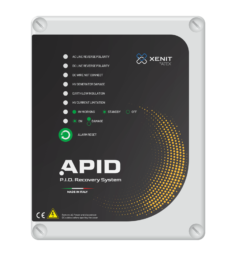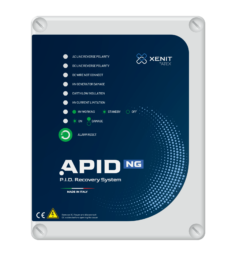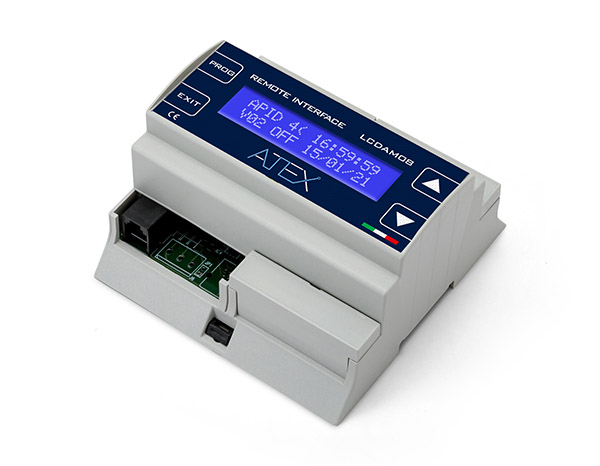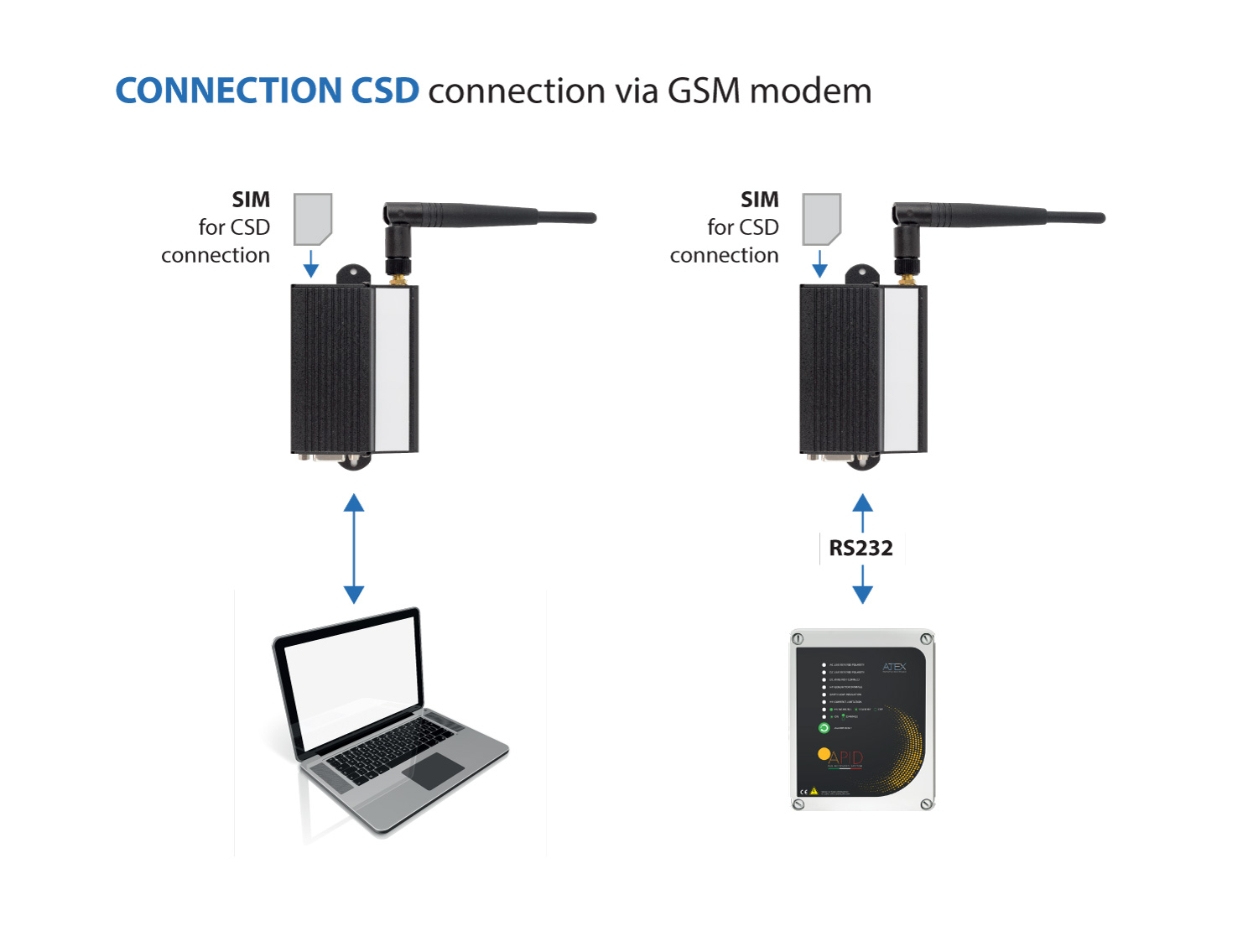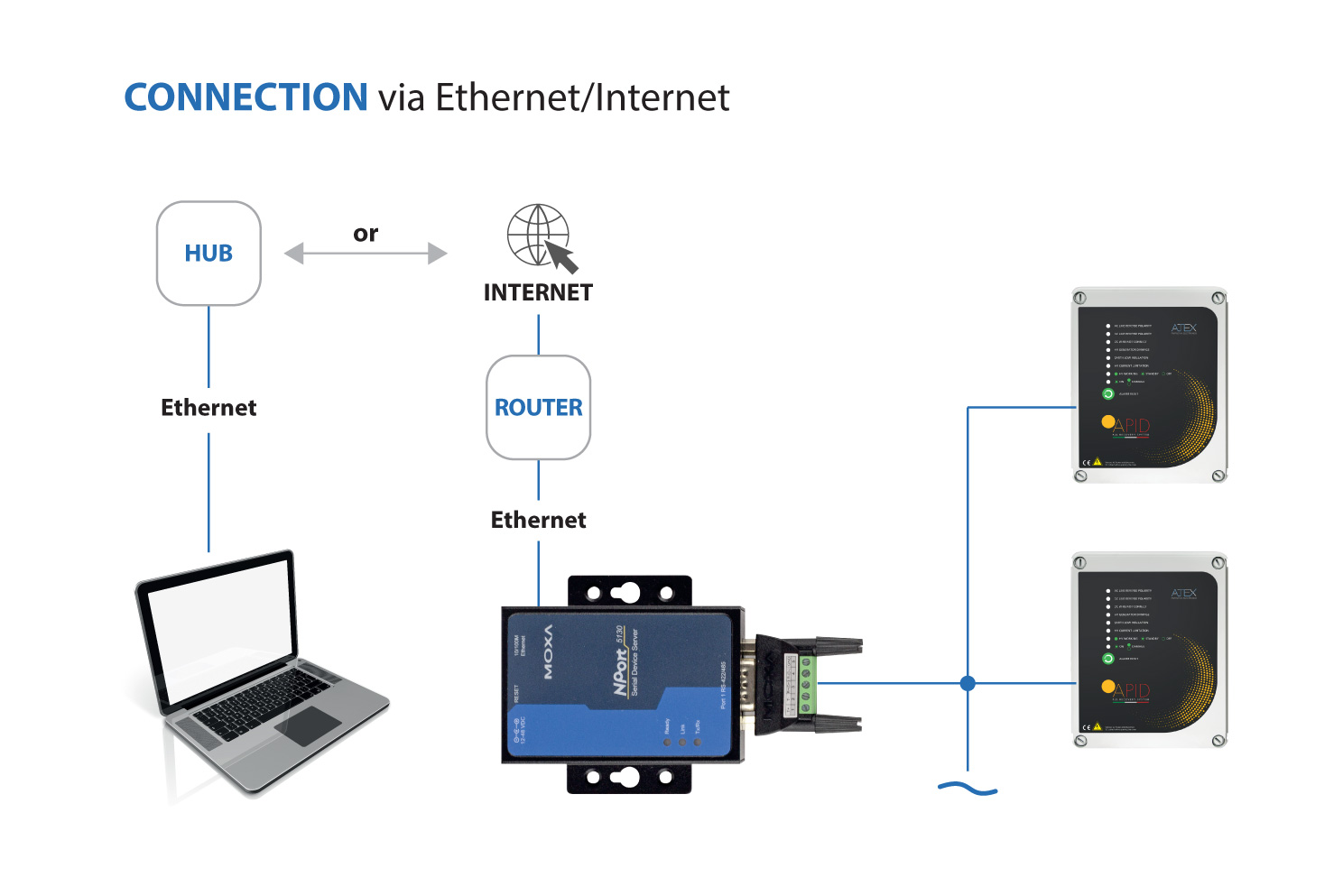
The definitive solution to the loss of power
of your photovoltaic modules
The PID can affect any solar system, even the “PID-Free” varieties, causing it to lose power and degrade by up to 70%.
Why choose Xenit’s APID
8 reasons
Our technical department is at your disposal to help you diagnose the problem by conducting an analysis of your system. If the problem detected is the PID (Potential Induced Degradation), we will suggest the most suitable APID configuration for your project. During installation, you can even request our telephone support at no additional cost.
APID can be installed on solar systems of any power, since it is sized according to the structure of the system itself.
APID connects in parallel to the MPPT inputs of the inverter, hence it only needs to be connected to the mains voltage for activation. The power supply is internal to the system.
The default output voltage from APID to the ground (from 400 Vdc) is well within the isolation limits of the inverter whilst the output current does not exceed 8mA.
The LCDAM08 display with keyboard simplifies installation and any checks and settings onsite.
It is possible to modify the various operating parameters and view:
- the string voltages by day,
- the output current,
- the power generated by APID,
- the system’s insulation resistance towards the ground,
- the alarm log up to 100 messages
The voltage screen by night:
- Voltage on MPPT1 input (+30V)
- Voltage between the positive pole of the MPPT1 input and the ground (+500V) Voltage of the Generator within the APID (+620V)
- Voltage between the negative pole of the MPPT1 input and ground (+470V)
- Measurement of the insulation resistance between the positive pole of the string and the ground
- Example of a low insulation alarm message.
Thanks to APID Graphics, being a powerful diagnostic tool, it is possible to convert the history recorded by APID into graphics and to obtain information on:
- The correct operation of APID;
- Predisposition to the PID phenomenon;
- The loss of insulation to the ground Abnormal voltages on the strings;
-
- Abnormal shutdown of the inverter.
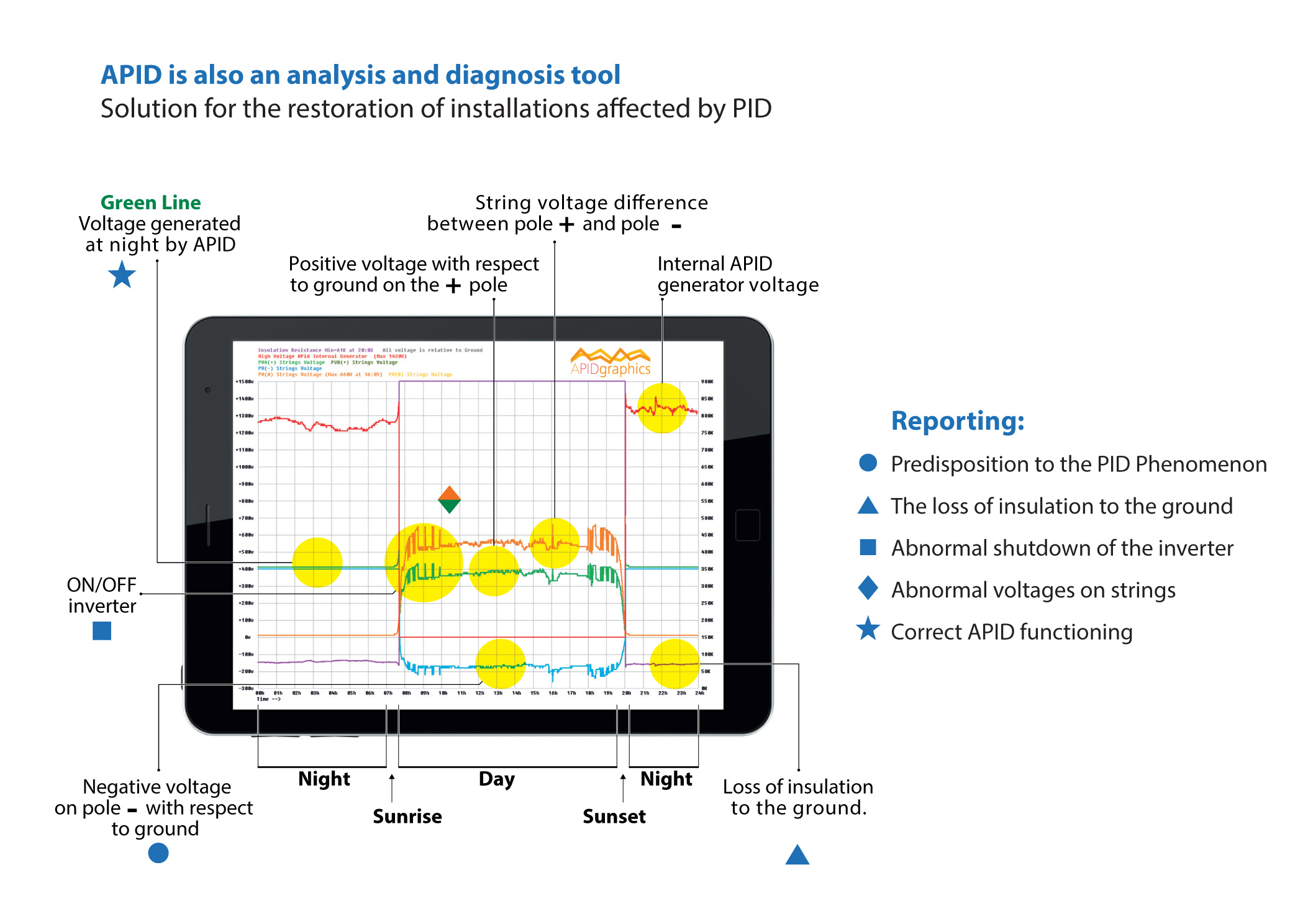
The programmable relay allows you to signal alarms or to activate and deactivate external devices.
Do you want a consultation or a quote?
Allow us to help you

